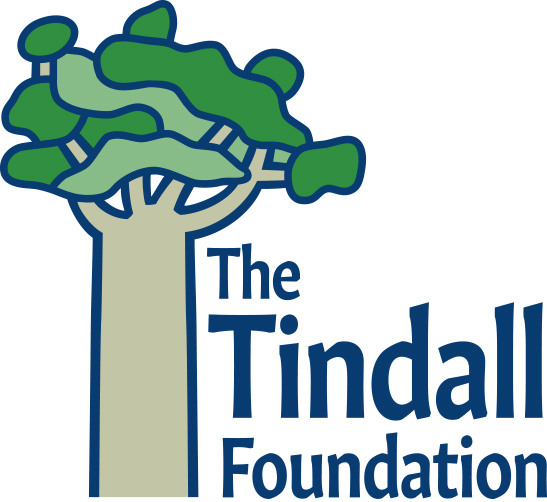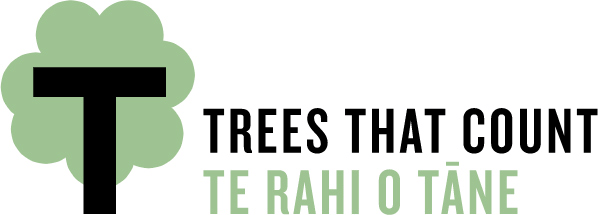Tāne’s Tree Trust has developed this calculator toolkit for those planting and managing native trees to meet multiple objectives from environmental restoration to sustainable production. The toolkit draws on scientifically robust data from the Tāne’s Tree Trust Indigenous Plantation Database to provide foresters, farmers, iwi, environmental NGOs, community groups and individuals with realistic expectations for their plantings.
Choosing a calculator...
Check out the Tāne’s Tree Trust website for a wide range of information on planting natives to meet multiple objectives and scales of planting. The Resources section provides a list of publications, factsheets, bulletins and reports that can been downloaded free to help you get started to answer your questions on why plant natives, where and how.
Choice of species
Selection of species to plant is determined by the region, climate, soils and elevation of your planting site. Further information is available in the Tāne’s Tree Trust Technical Handbook chapters: Lessons from nature, Key factors in site selection, and Sites for planting native trees. Also check out your local regional council websites for the species to plant to suit your planting site.
We have provided a comprehensive list of tree and shrub species within the Planting & Budgeting Calculator section. We recommend initially planting a limited range of the hardiest shrub and tree species across the bulk of your planting site to achieve canopy cover as soon as possible to reduce post planting maintenance. Other species can be inter-planted within sheltered sites to add diversity at a later time.
How to plant
Most native forest establishes as a succession from early pioneer shrub species that provide shelter for inter-planted later successional tree species. We recommend that most planting sites are planted with a nurse of hardy native shrub and monocot species and then a smaller proportion of tree species either at the same time or on exposed sites one or more years later. Further information on planting pattern, density and management of native planting is available in the bulletins and handbook in the Tāne’s Tree Trust website such as: Native Trees: Planting and early management for wood production, Planting patterns and density for natives on open sites, and Planting & Establishing Tōtara.
Go to the Planting & Budgeting Calculator and proceed to the second step. Select “I want to use Google Maps to measure my planting area” and you can then use the mapping feature to draw a polygon to measure the area of your planting site.
The Planting & Budgeting Calculator will calculate how many plants of each species are needed to meet your desired plant spacing and proportions of species. For more information on species to plant and planting density, check out the resources on the Tāne’s Tree Trust website such as Planting patterns and density for natives on open sites.
We recommend you firstly check out availability of natives from local native plant nurseries in your region. It is likely that local nurseries will be collecting seed from local forest areas and cost and the carbon footprint should be reduced compared to stock from other regions. Refer to the list of native plant nurseries by region and nationally on the Trees That Count website.
The Planting & Budgeting Calculator can calculate the cost of your planting project. The calculator provides default values most of the steps, or you can enter in your own figures. We have indicated a default value of $3.50 per seedling for shrub species and $4.50 for tree species. However, the cost of nursery-raised seedlings varies considerably depending on species, region, grade and size of container, and size of plants. Refer to Tāne’s Tree Trust resources for more information such as: Native Trees: Planting and early management for wood production, Choice of nursery method, and Establishment performance of native shrubs.
It pays to shop around but take care in selecting good quality seedlings as indicated in the above resources. Cheaper smaller stock may reduce planting costs but lack of timely weed and pest animal control will likely result in high losses of smaller seedlings compared to larger robust planting stock.
Best practice planting must include attention to good site preparation, selection of appropriate species, fencing out of domestic stock and control of aggressive weeds and browsing animals suchas rabbits, hares and deer before and after planting.
The Growth & Yield Calculator allows you to estimate the growth and yield of a planted native forest at various ages since planting. Enter the information requested for each box including the list of species planted in your forest. Once data is entered press the “Submit” button to generate predictions of growth over time.
Graphs and tables provide various stand parameters annually over time to age 80 years based on the data entered by users using predictions based on assumptions built into the growth and yield models. A summary report can be produced based on the stocking, scale, and age of the planted stand including mean height, mean DBH (diameter at breast height), basal area, total stem volume and carbon.
The Economics Calculator can tell you the Net Present Value (NPV) of a 1 ha stand of native trees including costs and revenue for establishing and managing a native forest over a defined period of time. Users can elect to include projected revenue from managing their stand for carbon as well as potential selective harvesting using continuous cover forestry, or other income streams such as honey production and adventure tourism.
The Economics Calculator includes default values but users can override these and insert their own values at each step. NPV is also explained in this calculator.
There are many biodiversity, landscape, cultural and social benefits of establishing and sustainably managing native forests. Some of these are listed on the Forest benefits page under three main categories:
- Non-timber forest products such as honey production, Rongoa and pharmaceutical products, traditional crafts such as understorey crops, genetic resource conservation, wild foods and animal fodder.
- Environmental regulating services such as carbon sequestration, habitat provision and biodiversity values, urban forestry, soil stabilisation, coastal buffers, water yield, nutrient regulation, pollution, green fire breaks and flood protection.
- Socioeconomic, cultural and spiritual services – cultural values, tourism, conservation, recreation, landscapes, green space, livelihoods and branding.
However, it is difficult to assign a dollar value to many of these benefits as one person’s value will be different to another’s. Users of the Economics Calculator are requested to assign their own value of non-timber or ecosystem services that they consider realistic for their native forest.
Visit the Carbon Calculator and select the button that allows you to work out how much carbon your planted native forest is storing over a defined period of time. Fill in the boxes under each column for stems and planting mix. Press the calculate button and the estimated carbon sequestration will be calculated based on the average growth rates from the Tāne’s Tree Trust Plantation Database.
However, users can elect to enter their own stand data in the stand measurement section including stand age, and average survival, height and diameter of both trees and shrubs to provide a estimated carbon sequestration for their stand.
Visit the Carbon Calculator and select the middle button – How many native trees are required to offset my CO2 emissions? Enter your emissions in tonnes of CO2 equivalent units, age of stand, and proportion of trees to shrubs, and press the calculate button. The results will appear including a graph indicating the number of trees that will need to be planted to offset your emissions.
See the Carbon footprint & climate change page in the Carbon Calculator section for instructions and links to various websites available for estimating your carbon footprint, whether for the individual, household, organisation or business. These include household calculators for quantifying greenhouse gas emissions from domestic activities, travel and tourism calculators for domestic and overseas air travel, accommodation and recreational activities, and more comprehensive calculators for businesses which estimate emissions and offer management plans to reduce them.
Major funders & supporters




